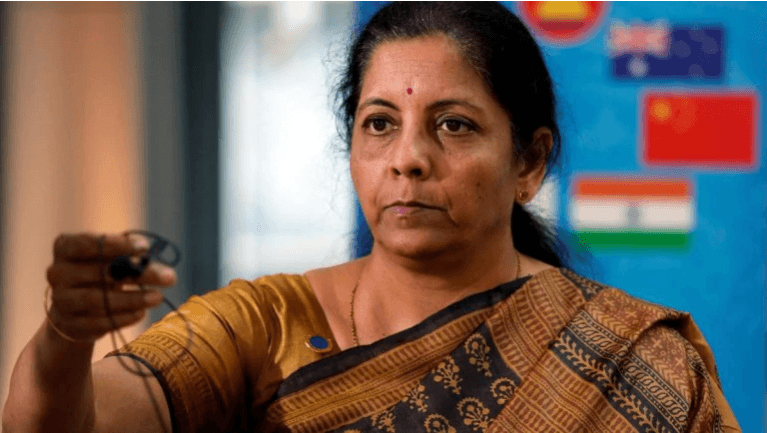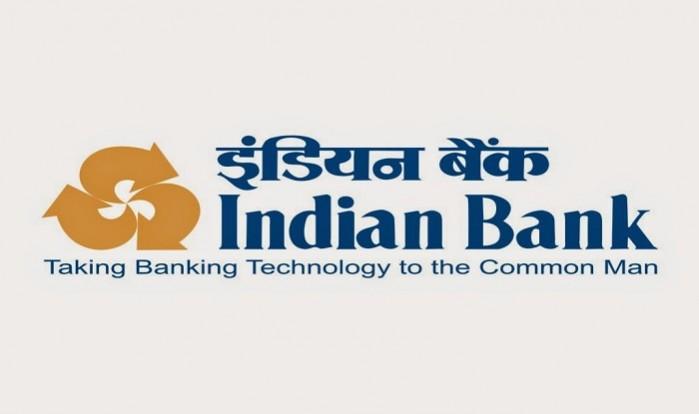According to recent reports, efforts have been underway to recalibrate over 240,000 automated teller machines (ATMs) to replace the currency note with those of Rs 500 denomination.
ATM recalibration: Why?
Finance Minister Nirmala Sitharaman clarified the Ministry's stance in a meeting with the head of PSU banks, stating that no such instructions have been provided to banks to stop issuing notes of Rs 2000 denomination.

This move will likely benefit banks and white-label ATM (WLA) deployers as they earn Rs 15 per swipe and lower denominations would mean increased transactions for withdrawal of larger sums. WLAs allow private non-bank companies to institute and operate their own brand of ATMs in the country.
Lower denominations loaded into ATMs would mean banks will have to undertake more cash van trips to load ATMs and swipe pulls above Rs 10,000 are few. Reports of the largest currency denomination (Rs 2000) to remain legal tender and to be gradually phased out of public circulation, is unproven and not true.
Will Rs 2000 be gradually phased out?
Many ATMs, however, have already started replacing cassettes holding Rs 2,000 notes with notes of lower denomination, while many banks are in the process to complete it within a year's time. The Reserve Bank of India (RBI) however has not released any official statement yet on taking Rs 2,000 currency notes out of circulation.

Earlier this week, Indian Bank said that it will no longer dispense Rs 2,000 notes from its ATMs, citing public inconvenience as the reason behind the move, who find it difficult to exchange the notes for smaller denominations at retail outlets. The decision will come into effect from March 1. However, the bank's branches will continue to provide Rs 2000 notes upon customer demand.
The central bank had introduced Rs 2,000 notes after the government announced the Demonetisation, banning the use of old Rs 500 and Rs 1,000 notes on 8 November 2016.

















